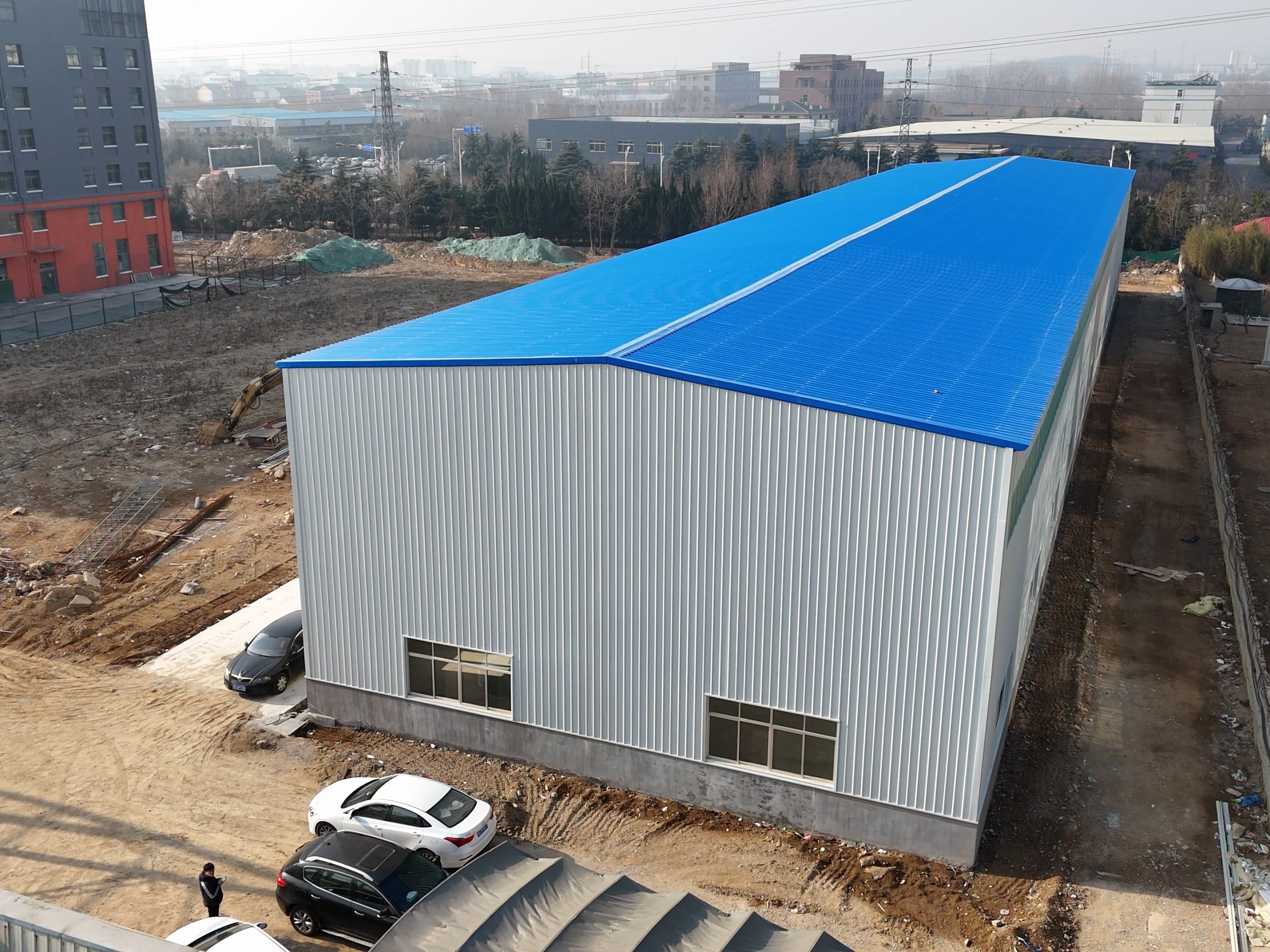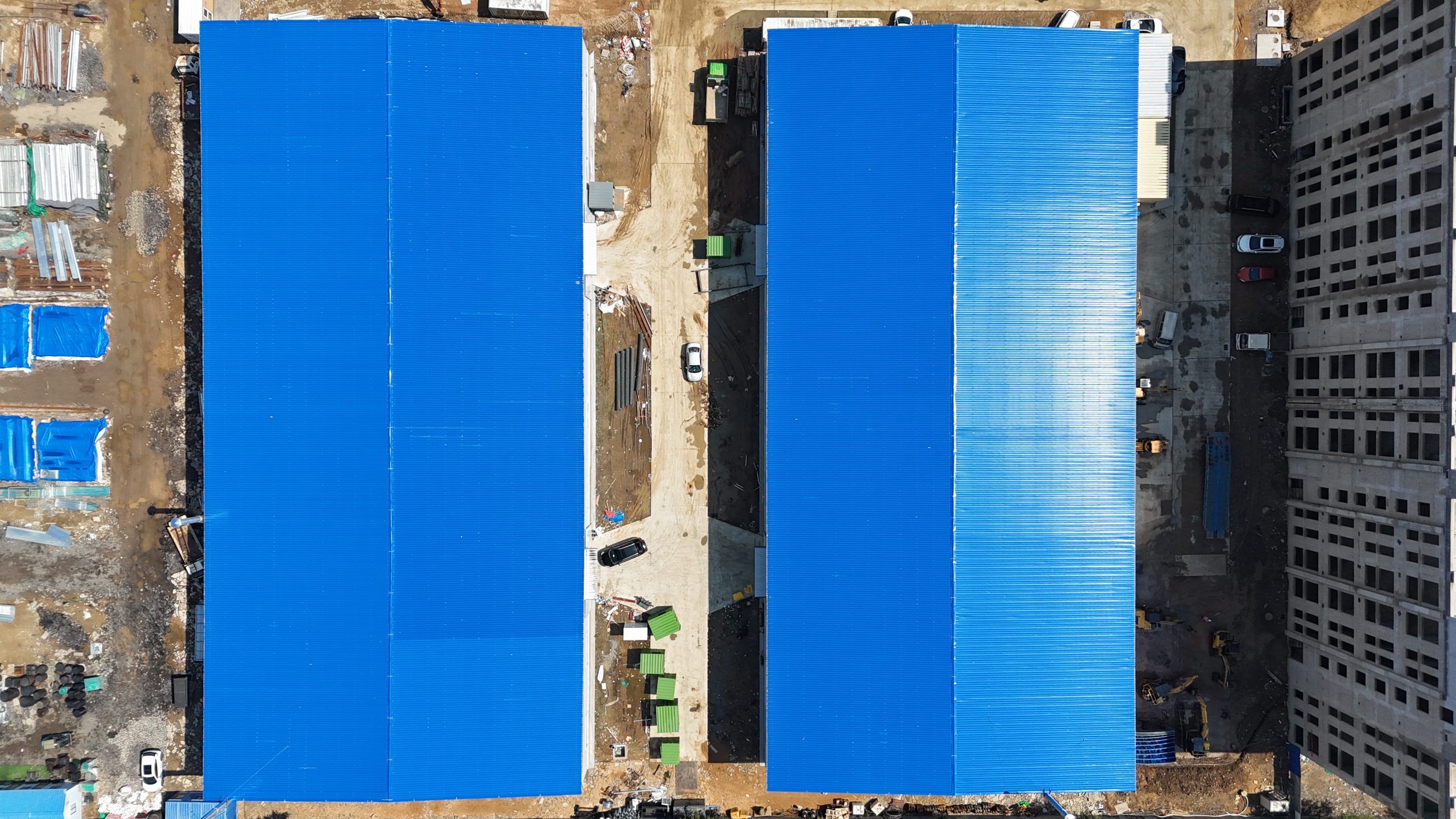Table of Contents
Innovative Roof Designs for Long-Span Steel Structure Stadiums
Designing long-span steel structure stadiums presents a unique set of challenges for architects and engineers. These structures must not only accommodate large crowds but also provide unobstructed views of the playing field. Additionally, they must be able to withstand the forces of nature, such as wind and snow loads. In order to meet these requirements, innovative roof designs are often employed.
One of the main challenges in designing long-span steel structure stadiums is creating a roof that can cover a large area without the need for supporting columns. This is essential for providing unobstructed views for spectators. To achieve this, designers often turn to cable-supported roof systems. These systems use a network of cables to support the roof, allowing for greater spans between columns.
Another challenge in designing long-span steel structure stadiums is ensuring the roof can withstand the forces of nature. High winds, in particular, can exert significant pressure on the roof of a stadium. To address this issue, designers often incorporate aerodynamic features into the roof design. This can include shaping the roof to reduce wind resistance or adding wind deflectors to redirect airflow.
Snow loads are another consideration when designing long-span steel structure stadiums, especially in regions with harsh winters. To prevent the accumulation of snow on the roof, designers may incorporate a sloped roof design or install heating elements to melt snow and ice. Additionally, the roof structure must be able to support the weight of the snow without compromising its integrity.
Innovative solutions are constantly being developed to address these challenges in long-span steel structure stadium design. One such solution is the use of ETFE (ethylene tetrafluoroethylene) cushions for the roof. ETFE is a lightweight and durable material that can be inflated to create a translucent roof covering. This not only allows natural light to filter into the stadium but also provides insulation and reduces the need for artificial lighting.

Another innovative solution is the use of retractable roofs in long-span steel structure stadiums. These roofs can be opened or closed depending on the weather conditions, allowing for greater flexibility in the use of the stadium. Retractable roofs are often used in stadiums that host both indoor and outdoor events, providing protection from the elements when needed.
In conclusion, designing long-span steel structure stadiums presents a number of challenges, particularly when it comes to the roof design. However, with the use of innovative solutions such as cable-supported systems, aerodynamic features, and ETFE cushions, architects and engineers are able to create stadiums that are not only functional but also visually striking. By addressing the unique challenges of long-span steel structure stadium design, designers are able to create structures that meet the needs of both spectators and the forces of nature.
Sustainable Materials and Construction Techniques for Long-Span Steel Structure Stadiums
Designing long-span steel structure stadiums presents a unique set of challenges that require innovative solutions to ensure structural integrity, Safety, and sustainability. These challenges include the need to support large roof spans without compromising on aesthetics, functionality, and cost-effectiveness. In this article, we will explore some of the key design challenges faced by architects and engineers when designing long-span steel structure stadiums, as well as the solutions that have been developed to address these challenges.
One of the primary challenges in designing long-span steel structure stadiums is the need to support large roof spans while minimizing the use of materials. This is important not only for cost-effectiveness but also for sustainability, as reducing the amount of steel used in construction can help lower the carbon footprint of the building. To address this challenge, architects and engineers have developed innovative structural systems that allow for longer spans without compromising on strength or stability.
One such solution is the use of cable-supported roof systems, which rely on a network of cables to support the weight of the roof. By distributing the load across multiple cables, this system allows for longer spans with fewer support columns, creating a more open and flexible interior space. Additionally, the use of lightweight materials such as carbon Fiber reinforced Polymer (CFRP) cables can further reduce the overall weight of the structure, making it more sustainable and cost-effective.

Another design challenge for long-span steel structure stadiums is the need to accommodate large crowds while maintaining a comfortable and safe Environment. This requires careful consideration of factors such as seating layout, sightlines, acoustics, and accessibility. To address these challenges, architects and engineers often employ advanced modeling and simulation techniques to optimize the design of the stadium and ensure that it meets the needs of both spectators and performers.
For example, computer-aided design (CAD) Software can be used to create virtual models of the stadium, allowing designers to test different seating configurations and sightlines to ensure optimal viewing angles for all spectators. Similarly, acoustic modeling software can be used to simulate sound propagation within the stadium, helping designers to optimize the acoustics and create a more immersive experience for fans.
In addition to these design challenges, long-span steel structure stadiums also face sustainability challenges related to energy consumption, material usage, and waste generation. To address these challenges, architects and engineers are increasingly turning to sustainable materials and construction techniques that minimize environmental impact and promote long-term sustainability.
One such technique is the use of recycled steel and other sustainable building materials in the construction of the stadium. By incorporating recycled materials into the design, architects and engineers can reduce the carbon footprint of the building and minimize the amount of waste generated during construction. Additionally, the use of energy-efficient lighting, heating, and cooling systems can help reduce energy consumption and lower operating costs over the lifetime of the stadium.
In conclusion, designing long-span steel structure stadiums presents a unique set of challenges that require innovative solutions to ensure structural integrity, safety, and sustainability. By employing advanced structural systems, modeling techniques, and sustainable materials, architects and engineers can create stadiums that not only meet the needs of spectators and performers but also minimize environmental impact and promote long-term sustainability.
